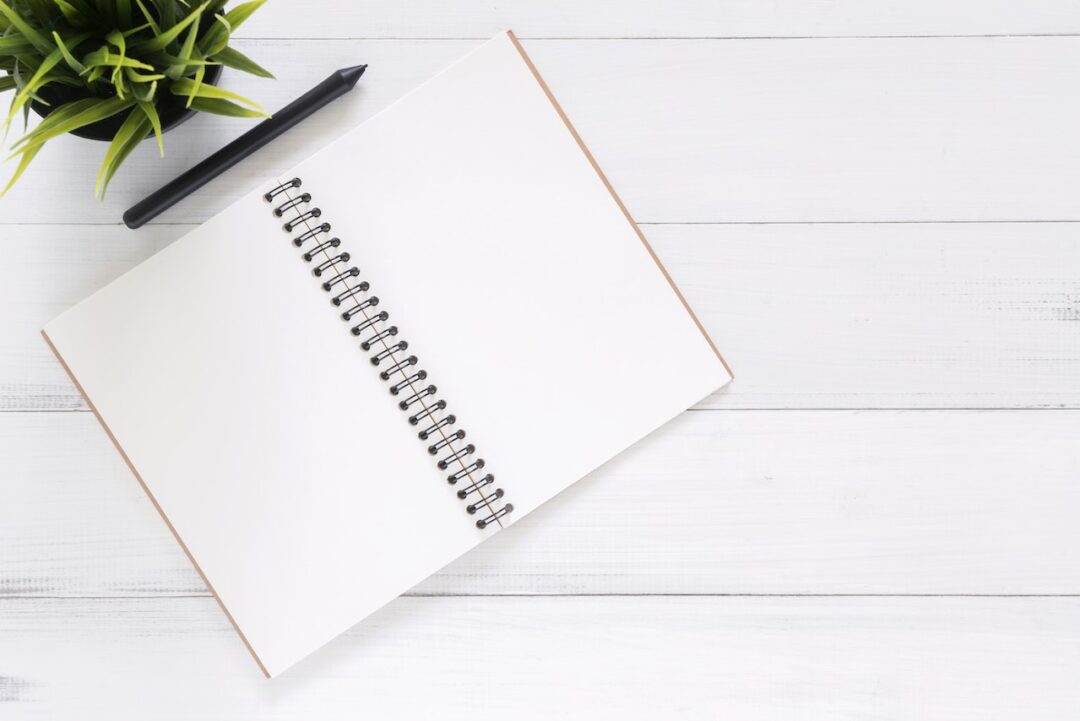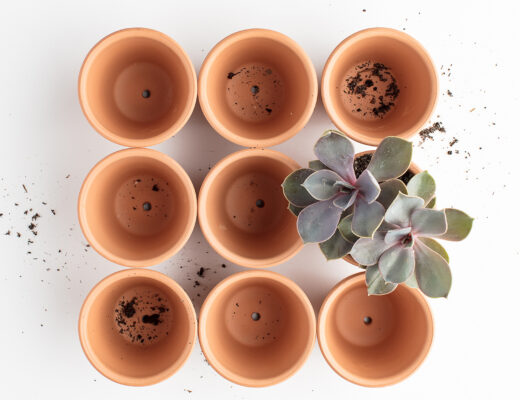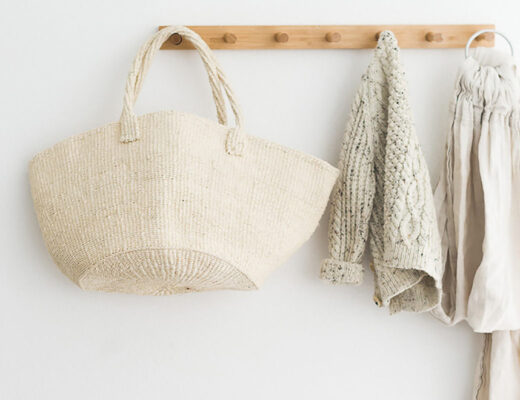Created by Mike & Mollie. Subscribe to our blog.
Some of the best-selling books over the past few decades fall under the broad topic of productivity advice.
The popularity of titles such as “Atomic Habits,” “Getting Things Done,” and “Deep Work” suggest that many people have a strong desire to figure out how to organize their lives and be productive through set daily habits.
For a long time, I was a significant consumer of this kind of reading. I lamented my own struggles with procrastination, and figured the solution must exist in one of these systems. If only I followed the right steps, I could unlock my potential and multiply my output—or so I thought.
Moving Beyond the Text
The problem, of course, is not in the books themselves. They are largely great volumes with plenty of actionable advice.
The real issue was that I had missed the forest for the trees. I was so focused on the specific details of how productive people organized their lives, that I missed the far more important foundations that allowed them to do meaningful things.
It took me a while, but I now see that answering the following two questions are more important than any technical detail around tracking, organizing, or accomplishing tasks. They are:
- What is the most important, highest-value thing I can be doing right now?
- What truly motivates me to take action instead of merely planning or talking about it?
The advice I would give to my 22 year-old self would be to forget everything else about “being productive” and just master those two questions. I would tell him that no system in the world will matter if you haven’t done the internal work to answer them.
Once I made that leap forward in my understanding, I discovered that big books with elaborate systems no longer appealed to me. In my mind, the best system for tracking habits and tasks would be one that worked for me, and was as simple as possible.
I found it far more interesting to observe my friends and colleagues, and other people I knew who consistently got things done in their life.
There are some problems in life where it’s best to look to the practitioners, and observe what they do, rather than the experts and their theories about why it works. And I believe this is one of them.
3 Pieces to Tracking My Habits
In that spirit, I want to share what’s worked for me, and why it’s been effective. If you ask ten people this question, you’ll get ten different answers, but you will, I think, begin to calibrate around an effective approach. And more importantly, you’ll find yourself inclined towards a particular method, and hopefully take the time to try it out in your own life.
My habit and task tracking system has only three components:
A calendar, a visual tracker, and a piece of paper.
For me, all three of these would be paper-based and within arms reach of my desk—and that’s coming from someone who is generally pro-technology and spends much of my time working on a computer. Sometimes the good old paper and pencil method is the simplest of them all.
My calendar is the only completely digital part of my system. There are too many benefits to sharing my calendar with others, and being able to access it from my phone when I’m away from the house. It’s a compromise, but it works.
Each component of my system serves a different but significant purpose.
Calendar
My calendar is where anything goes that I only need to remember on a particular date. This could be meeting someone for lunch, scheduling a 2-hour chunk of time to work on a specific project, or just reminding myself to check our smoke detectors once a year.
Visual Tracker
If there’s a particular habit I’m working on, such as a new exercise routine, I don’t put it on my calendar or to-do list. Instead, I use a printable visual tracker and display it prominently on my desk where I’m able to check that habit off my list as I complete it. This keeps the habit tracking from cluttering up my other systems and it also gives the habit special prominence in my life.
Piece of Paper
For any other task that isn’t a daily habit, and doesn’t need to get done by a particular date, I write it down on a piece of paper that sits on my desk. It’s as simple as that. Compared to a digital list, a piece of paper provides a spatial dimension to my organization. I remember where on the page I wrote it down and can add other elements such as bolding, circling, or underlining with ease. And when something is really important, I write it on a sticky note or index card and put it front and center.
Create the System That Works for You
Is my system perfect? Of course, not. Do I make exceptions to these rules? All the time—it’s through new, improved versions that I’m able to customize the most effective system for me. As a general framework, I have found it to be a simple, low-hassle way to keep track of the various habits and tasks that come into my life.
Tracking your progress doesn’t have to be an intensive, complicated system in order to work. I hope this article sparks useful ideas for how you can track your own habits, but even more than that, I hope you’ll spend some time thinking about the two important questions I shared above, and just get started.
🌿 Introducing, Declutter Your Life, a premium newsletter with monthly challenges to help you live a less cluttered life– inside and out.




